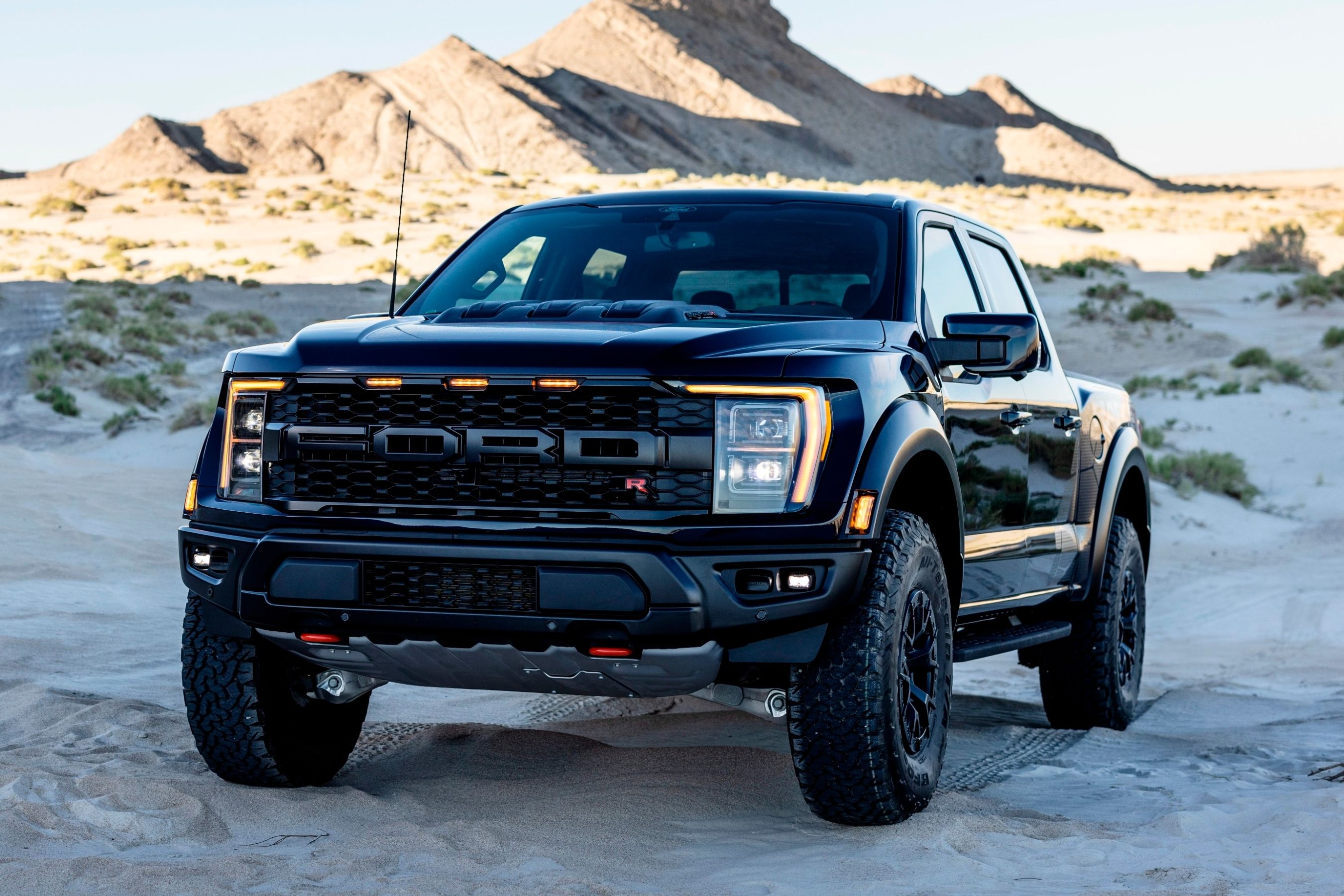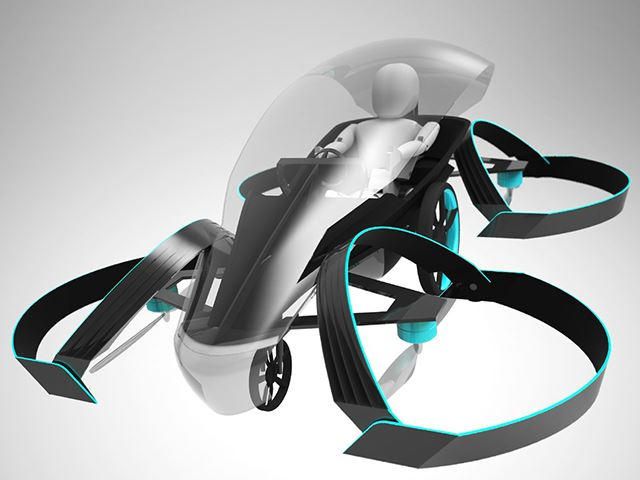
While most car companies are gearing up to embrace autonomous technology as the next step in the evolution of the auto industry, others envision a future of flying cars that will reduce congestion. Italdesign and Airbus unveiled its vision for flying cars at Geneva with the Pop.Up, and Uber recently announced ambitious plans to trial a flying taxi-hailing service in Dallas and Dubai in 2020. Now Toyota is joining the flying car craze, because if that doesn't stop people from calling its cars boring then nothing probably will.
According to Nikkei Asian Review, 30 young Toyota volunteers have been working on the project as part of a startup group called Cartivator. Previously, the project was financed by online crowdfunding and help from a drone expert and video game developer as Toyota was unwilling to support it. This has since changed however, as Toyota is investing over $375,000 and lending the expertise of its engineers to help Cartivator get the project off the ground. "Things will not progress if you wait and provide money only when the technology is ready," Chairman Takeshi Uchiyamada said. The team at Cartivator operate in a disused elementary school in Aichi Prefecture, Japan.
The group is hoping to unveil the design of the flying car, known as SkyDrive, in July 2017, have a working prototype ready for next year, and get it commercialized in time for the 2020 Olympics to light the torch at the Tokyo ceremony. Measuring at 2.9 meters long, SkyDrive would be the "world's smallest" flying EV, though it doesn't have any competition right now. According to its crowdfunding page, it would be able to take off from any public road and be "intuitive" and easy to control. It has room for one in a futuristic, bubble canopy, with rotars located on each corner. It also adopts a trike-style layout for ground mobility, with two wheels on the side and one in front.
In terms of performance, the group is targeting the SkyDrive to fly at speeds of up to 62 mph and drive at up to 93 mph. Of course, while advances in technology are speeding up the development of flying cars, there are numerous hurdles that need to be addressed before they can become a reality, from safety issues and licensing, to the small matter of merging them into the air traffic control system.

